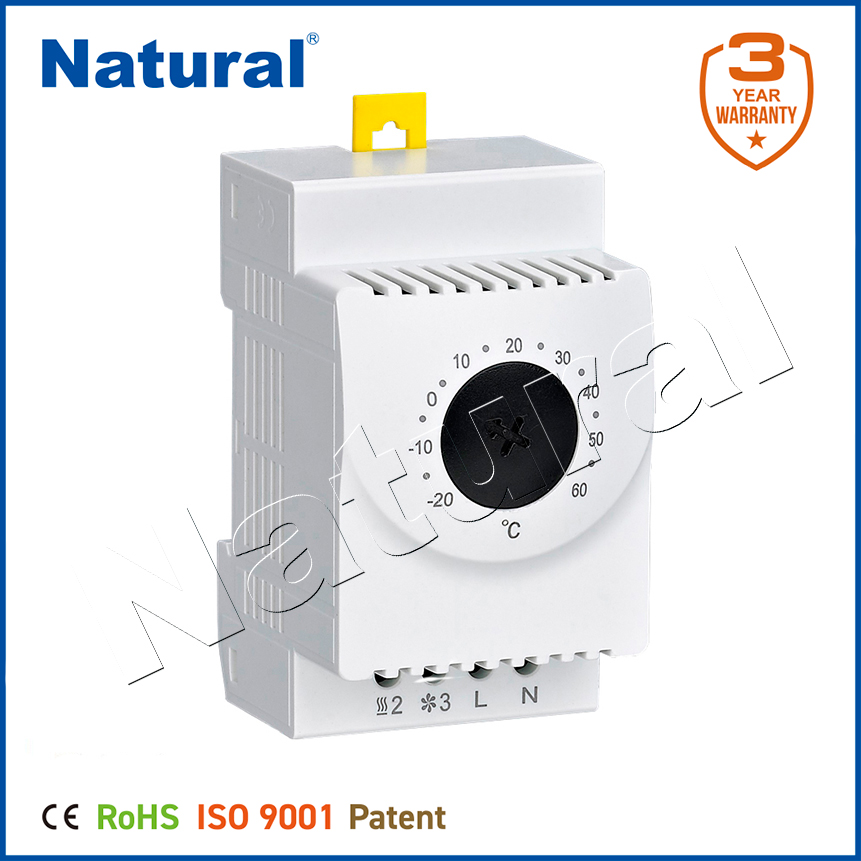Electronic thermostats are transforming the way we manage the temperature in our homes and offices. As a key component in modern HVAC (Heating, Ventilation, and Air Conditioning) systems, these devices offer precise control, energy efficiency, and the convenience of advanced features. The shift from traditional mechanical thermostats to electronic models has been a significant step in making temperature regulation more accurate and accessible. This article explores the functionality, benefits, and impact of electronic thermostats in today’s world.

What Is an Electronic Thermostat?

An electronic thermostat is a device that monitors and controls the temperature of a room or building by regulating the heating and cooling systems. Unlike older mechanical models, which rely on a bimetallic strip to detect temperature changes, electronic thermostats utilize digital sensors and microcontrollers to offer greater precision. These digital sensors are more sensitive, which allows for a higher level of accuracy and efficiency. Typically, an electronic thermostat is equipped with a digital display, making it easier to set and adjust temperatures. It may also include a user-friendly interface, such as a touchscreen, and often allows for remote control via smartphones or smart home assistants like Google Assistant and Amazon Alexa.
